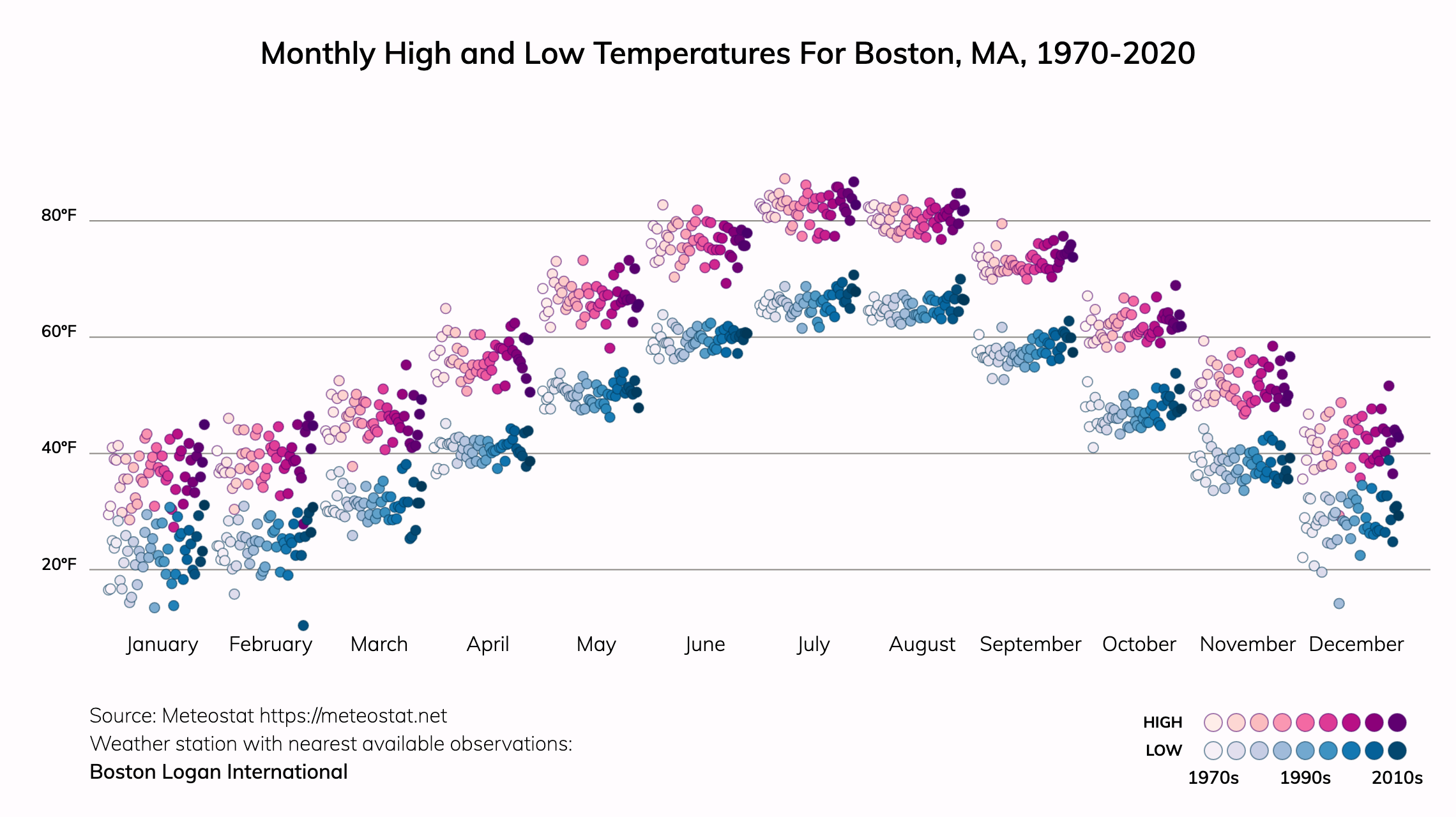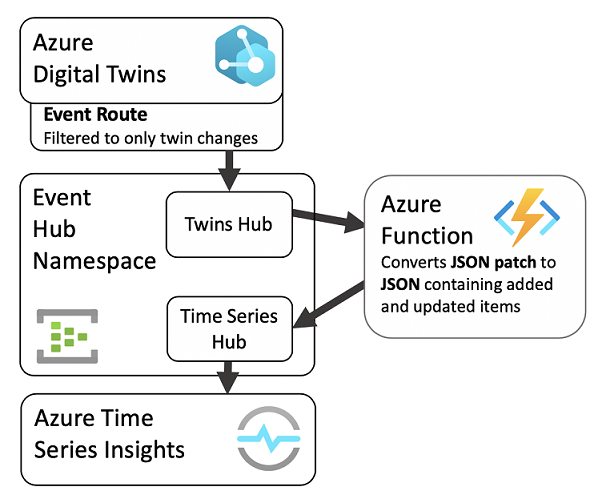Increased Precipitation In Western Massachusetts: A Climate Change Analysis

Table of Contents
Evidence of Increased Precipitation in Western Massachusetts
Data Analysis and Trends
Analyzing long-term rainfall data from multiple weather stations across Western Massachusetts reveals a clear upward trend in precipitation over the past several decades. Graphical representations, including charts and graphs compiled from reputable sources like the National Oceanic and Atmospheric Administration (NOAA) and the United States Geological Survey (USGS), vividly illustrate this significant increase. Comparing this data with historical averages underscores the dramatic shift in rainfall patterns.
- Specific Examples: The years 2011, 2018, and 2023 saw exceptionally high rainfall totals in Western Massachusetts, exceeding historical averages by significant margins.
- Intensity Changes: Beyond the total rainfall volume, there's a notable increase in the intensity of rainfall events. Heavy downpours are becoming more frequent, leading to more immediate and severe flooding risks.
Observed Impacts of Increased Rainfall
The increased rainfall is not merely a statistical anomaly; it's having tangible impacts on the region:
- Increased Flooding: Rivers and streams are overflowing more frequently, causing widespread flooding in low-lying areas.
- Higher Groundwater Levels: Elevated groundwater levels are leading to increased instances of basement flooding in homes and businesses.
- Infrastructure Damage: Roads, bridges, and other critical infrastructure are suffering damage due to erosion and flooding.
- Soil Erosion and Landslides: Increased rainfall is exacerbating soil erosion and increasing the risk of landslides in vulnerable areas.
- Agricultural and Ecosystem Impacts: Changes in rainfall patterns are affecting agricultural yields and disrupting delicate local ecosystems. The altered water cycles are impacting plant life and overall biodiversity.
The Link to Climate Change
Scientific Consensus on Climate Change and Precipitation
The scientific consensus is overwhelming: climate change is altering global precipitation patterns. Warmer temperatures lead to increased atmospheric moisture, resulting in more intense and frequent rainfall events. This is supported by numerous scientific reports, including those from the Intergovernmental Panel on Climate Change (IPCC).
Specific Climate Change Impacts on Western Massachusetts
Regional climate models predict a continuation and even intensification of increased precipitation in Western Massachusetts.
- Changes in Snowfall: We are seeing a shift towards less snowfall and more rainfall, even during winter months.
- Impact of Warmer Temperatures on Snowmelt: Warmer temperatures accelerate snowmelt, contributing to rapid rises in river levels and increased flood risks.
- Changing Atmospheric Circulation Patterns: Alterations in atmospheric circulation patterns are influencing the frequency and intensity of storm systems affecting Western Massachusetts.
Consequences and Mitigation Strategies
Economic and Social Impacts
The consequences of increased precipitation extend beyond environmental concerns. There are significant economic and social impacts:
- Costs of Damage and Repair: Flood damage and the subsequent infrastructure repair costs place a considerable burden on taxpayers and local economies.
- Disruption to Daily Life: Flooding and related disruptions to transportation networks significantly impact daily life and commerce.
- Impacts on Tourism: Damage to recreational areas and infrastructure can severely impact the tourism sector.
- Potential for Displacement: Severe flooding events can lead to the displacement of residents from their homes.
Mitigation and Adaptation Measures
Addressing this challenge requires a multifaceted approach encompassing mitigation and adaptation strategies:
- Improved Drainage Systems: Investing in improved drainage systems and flood control measures is crucial to manage increased runoff.
- Sustainable Land Management: Implementing sustainable land management practices such as reforestation and wetland restoration can help absorb excess rainfall.
- Building Codes and Regulations: Updating building codes and regulations to incorporate increased rainfall considerations is necessary for new constructions.
- Community Preparedness: Developing comprehensive community preparedness and emergency response plans is vital to minimize the impact of extreme weather events.
Conclusion
The evidence clearly shows a significant increase in precipitation in Western Massachusetts, directly linked to the ongoing effects of climate change. This increase leads to substantial economic, social, and environmental consequences. To build a more resilient future, we must invest in research, improved infrastructure, sustainable land management, and robust community preparedness. Further research into the specific effects of increased precipitation in Western Massachusetts is critical to inform and refine effective adaptation strategies. Addressing the challenges posed by increased precipitation is not just an environmental concern; it is a critical step towards ensuring the long-term prosperity and safety of Western Massachusetts.

Featured Posts
-
 Analyzing The Padre Cubs Series A Comprehensive Review
May 28, 2025
Analyzing The Padre Cubs Series A Comprehensive Review
May 28, 2025 -
 French Open 2025 Top Seed Sinners Straight Sets Win Over Rinderknech
May 28, 2025
French Open 2025 Top Seed Sinners Straight Sets Win Over Rinderknech
May 28, 2025 -
 Padre Cubs Matchup Post Series Insights And Observations
May 28, 2025
Padre Cubs Matchup Post Series Insights And Observations
May 28, 2025 -
 Angel Margarita The New Drink From Hailee Steinfeld And Premium Beers Group
May 28, 2025
Angel Margarita The New Drink From Hailee Steinfeld And Premium Beers Group
May 28, 2025 -
 Lucky Irish Euro Millions Player E5k Prize Unexpectedly Becomes E255k
May 28, 2025
Lucky Irish Euro Millions Player E5k Prize Unexpectedly Becomes E255k
May 28, 2025
